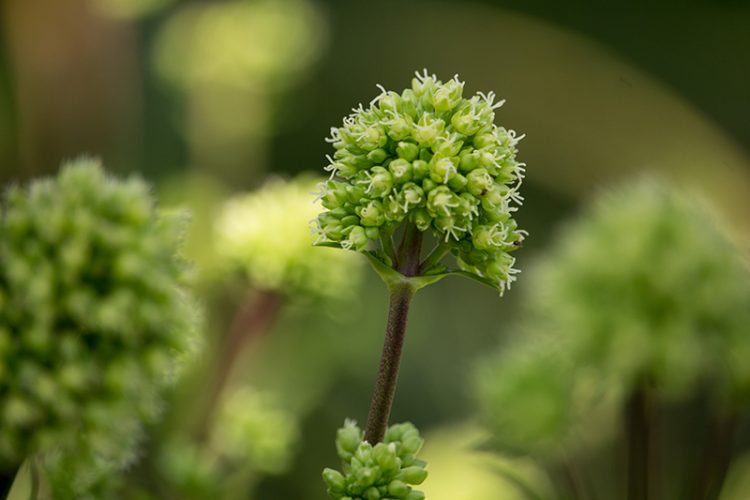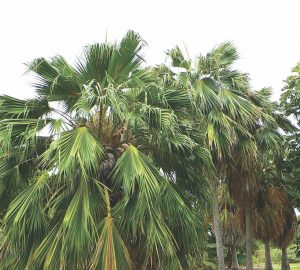

I love flowers. As a teenager, I idolized the English “cottage garden” idea, packed full of blooms bred to please the human eye. My first gardening book was the Sunset Book of Bulbs, which had me haunting garden centers each fall. For those who grew up in the continental U.S., native Hawaiian plants may not fit our expectations of a “flower garden”. The flowers can be tiny or infrequent, the foliage can have strange brown parts. These plants don’t live only to please us.
But that is what makes them worth growing. Native Hawaiian plants are wild creatures, 89% of which occur nowhere else on earth. Hawaii’s isolation resulted in extreme diversity and unique adaptations for the plant life that established without human assistance. Polynesian settlers began arriving 1700 years ago, resulting in the introduction of additional “canoe plant” species. After European contact, both these types of plants became highly threatened by introduced animals and other human factors, and many are now close to extinction. Hawai‘i’s native and canoe plants are the source of unique traditional Hawaiian foods, medicines, household items, and more. Together these plants form the basis of Hawaiian food and culture.
If you love flowers, make space in your garden for natives. Many have distinctive forms perfect for lei or floral arrangements that reflect Maui’s unique culture and history rather than a 1950’s ideal of tropical beauty. One of my favorites is Schiedea globosa, a carnation family relative with strong stemmed, fragrant green orbs that smell like honey and butter to my haole nose. If you live windward, native Koki‘o (Hibiscus) such as the pink and white H. arnottianus can become trees that tower above you. Cool areas upcountry are perfect for the prized ‘ōhia lehua (Metrosideros sp.) and red-flowered ‘iliahi (Santalum sp.). If you have a dry, sunny spot for a container plant, ‘ālula (Brighamia sp.) is a “cabbage on a baseball bat” shape with long yellow flowers that smell like violets. Even those without showy flowers can be wonderful in arrangements; kulu‘i (Nototrichium sandwicense) has soft seed heads and silvery foliage, and moa (Psilotum nudum) has long-lasting, strange green and yellow stems.
Tamara Sherrill is the Executive Director of Maui Nui Botanical Gardens. You can see these plants at Maui Nui Botanical Gardens, open Tuesday through Saturday. Follow us @mauinuibg to learn more.



